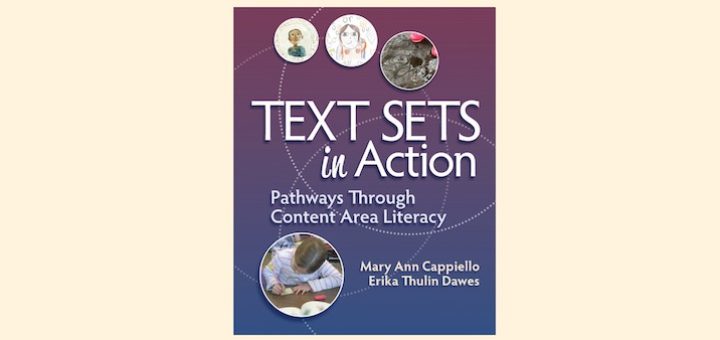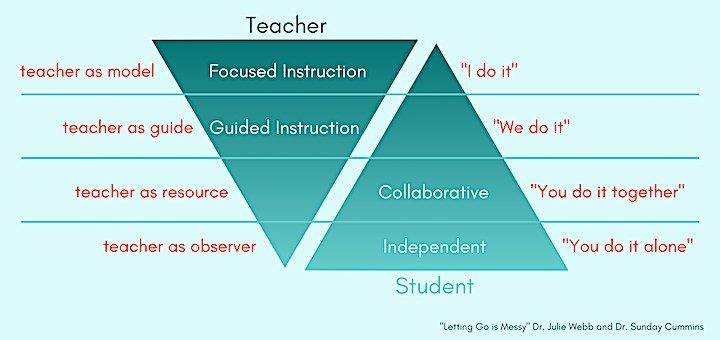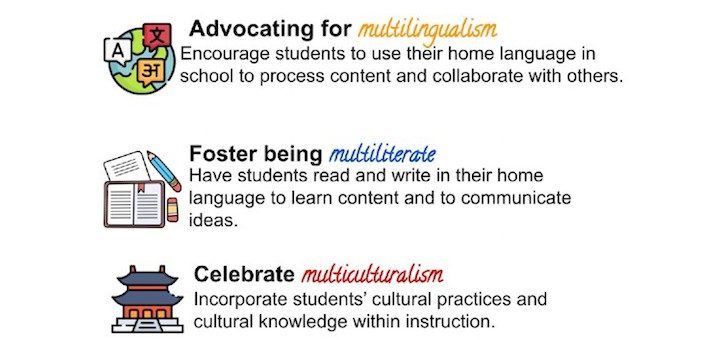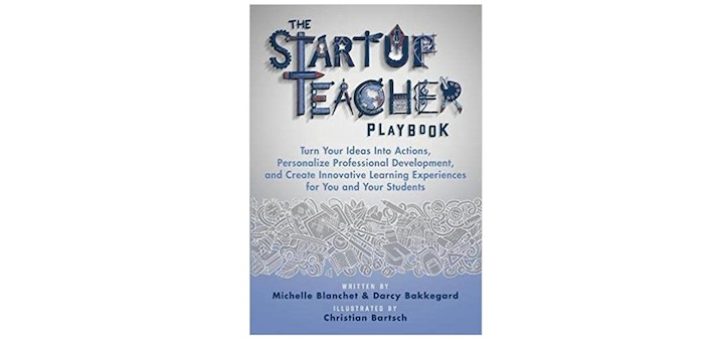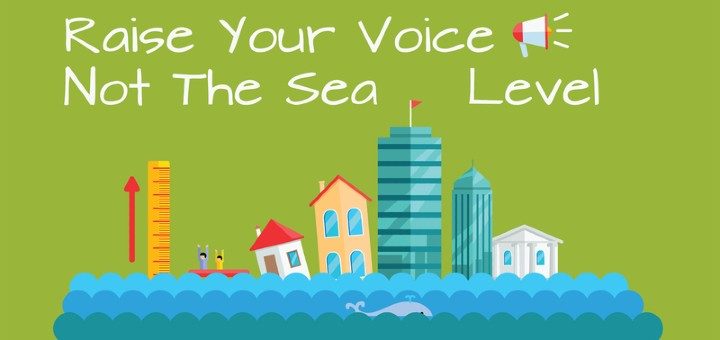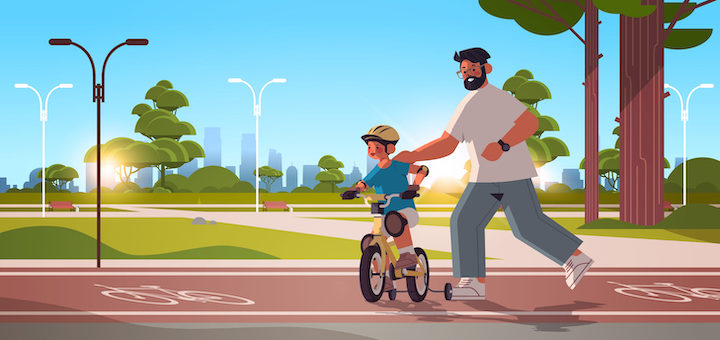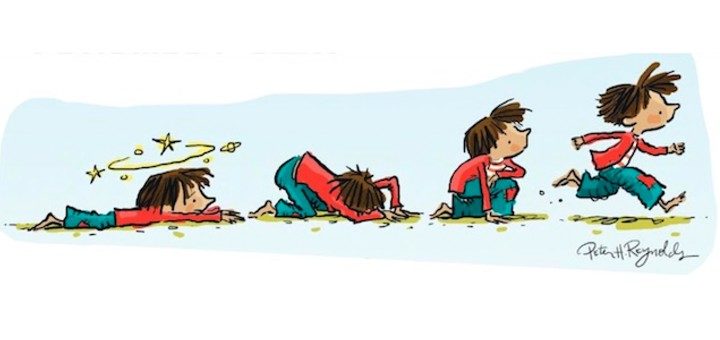Teaching and learning in grades 4-8
Most students at Laurie Lichtenstein’s middle school were F2F all year, but masked and isolated in small classroom pods as teachers moved about. It was hard, but as time passed teachers found ways to reduce isolation, build community, and let kids have lots of time to play.
“Text Sets in Action” provides expert guidance for any teacher interested in using this engaging strategy to deepen learning. The authors define “texts” broadly and provide advice and examples across the core content areas, writes teacher educator Dr. Sarah Pennington.
Sunday Cummins and Julie Webb lay out the established roles teachers play in the Gradual Release of Responsibility classroom and then look into the complexity of GRR as teachers do a lot behind the scenes to manage the process, adjusting to students’ needs in real time.
Using rough drafts and revision in middle school math class can reduce anxiety and boost math learning. Kathleen Taylor and Amanda Jansen relate an action research project aimed at shifting lessons from a process of task completion to one of continuous, ongoing learning.
Drawing on a conversation with Dr. Brandon Beck, language specialist and co-teacher Tan Huynh highlights the roles monolingual educators have in advocating for multilingualism, fostering being multiliterate, and celebrating multiculturalism to support language learners.
Michelle Blanchet and Darcy Bakkegard offer teachers ways to turn ideas into actions, personalize professional development, and create innovative learning experiences for themselves and their students. Reviewer Linda Biondi highly recommends the book.
Did the sheer exhaustion of teaching in 2021-22 cause you to take a pass on some good but long MiddleWeb articles? Here are 18 insightful posts covering a wide range of topics that you might want to look over, in the calm before the next storm.
Letting Go Is Messy will explore ins and outs of gradually releasing responsibility. Join literacy coaches Sunday Cummins and Julie Webb as they blog about strategies to help teachers make the critical decisions necessary to nurture each student’s sense of agency and identity.
Many students don’t consider the source of media they consume on Instagram, TikTok, YouTube or elsewhere. Often they don’t consider the ramifications of spreading fake news or conspiracy theories. Frank Baker shares ways educators can make media literacy a classroom priority.
Because motivation is intrinsic, the two words Debbie Silver finds essential are ‘Empower Them.’ The teaching coach and bestselling author shares ways to help students grow into self-directed learners, using constructive feedback as the tool to help them see their growth.


